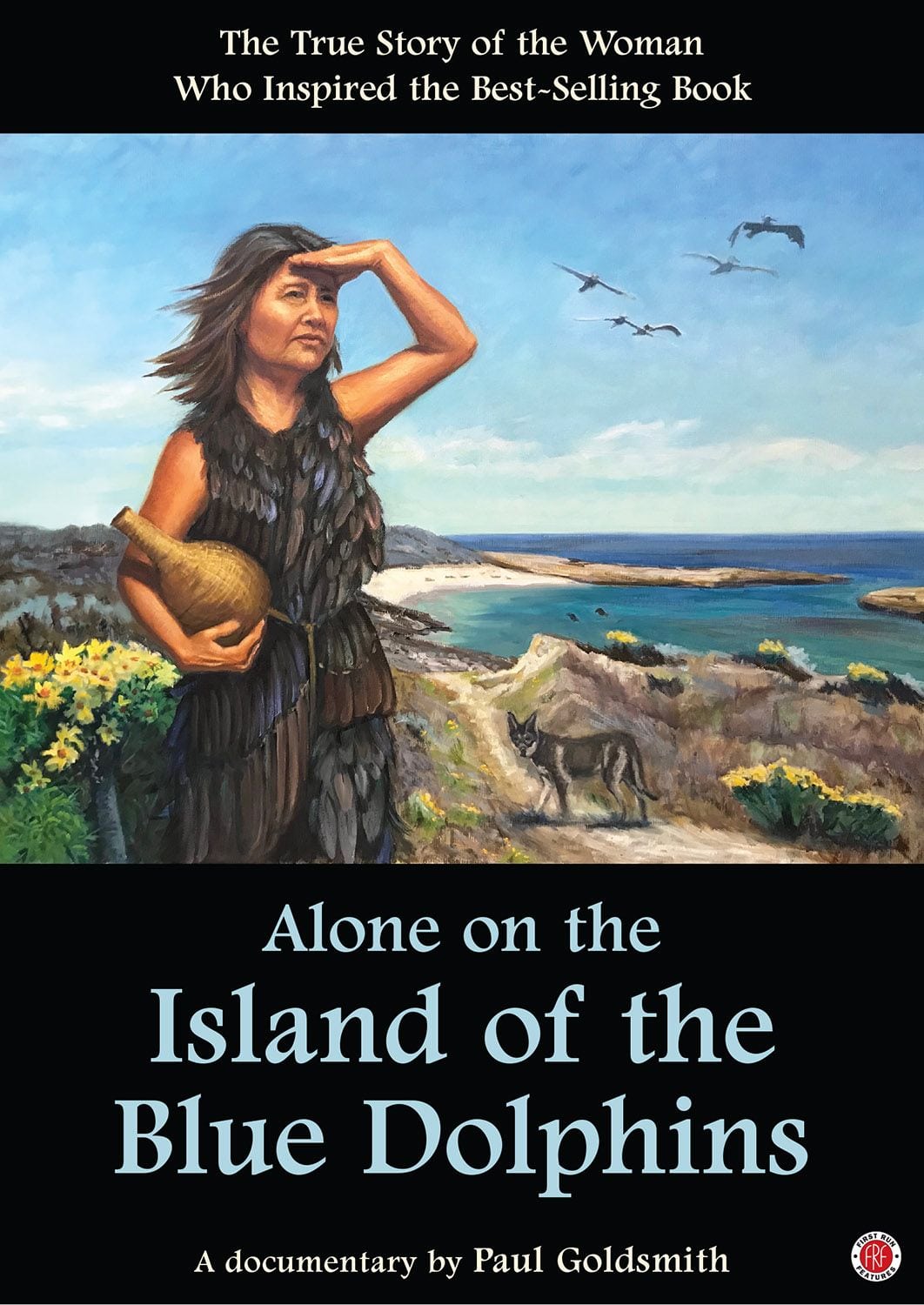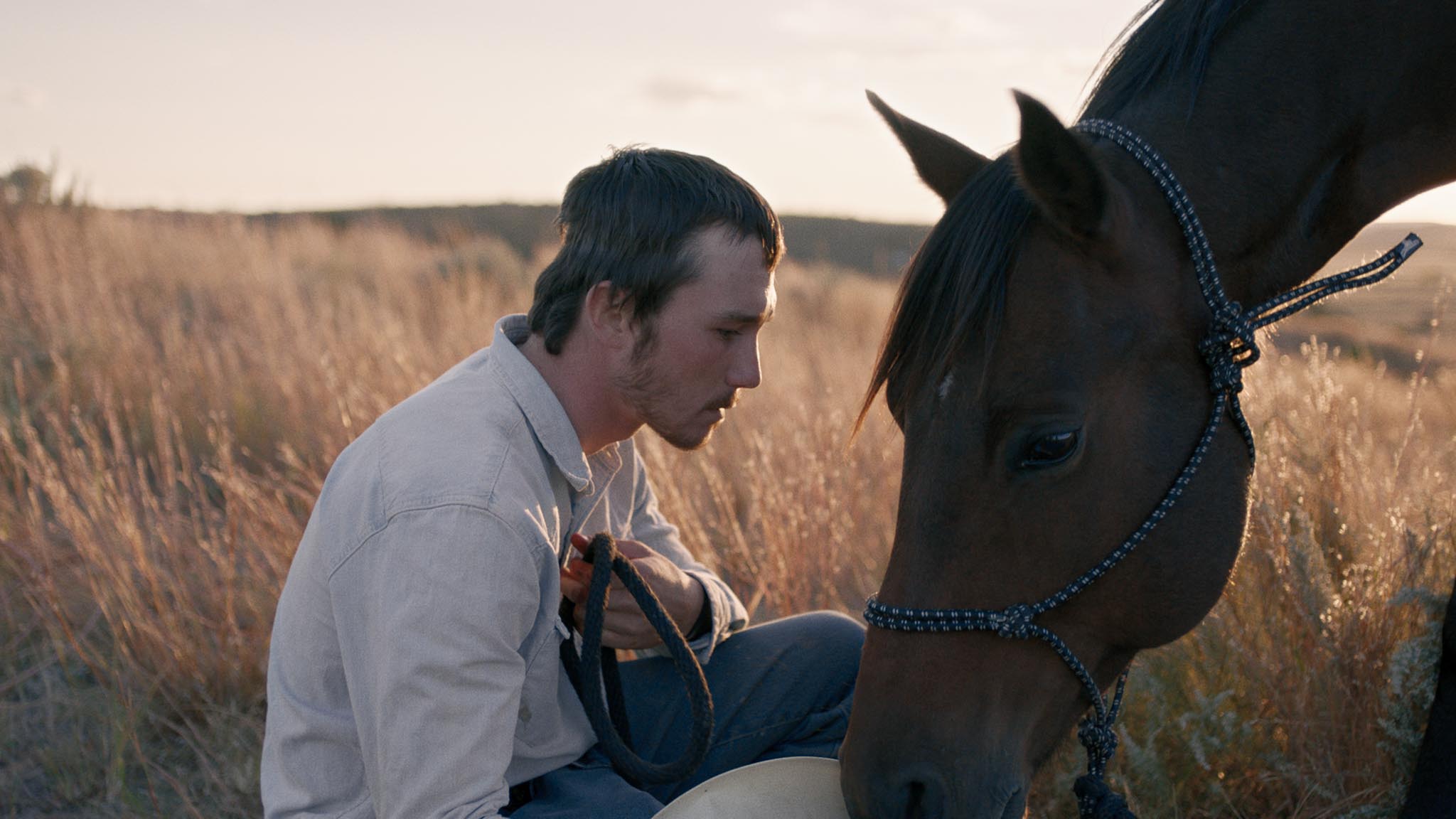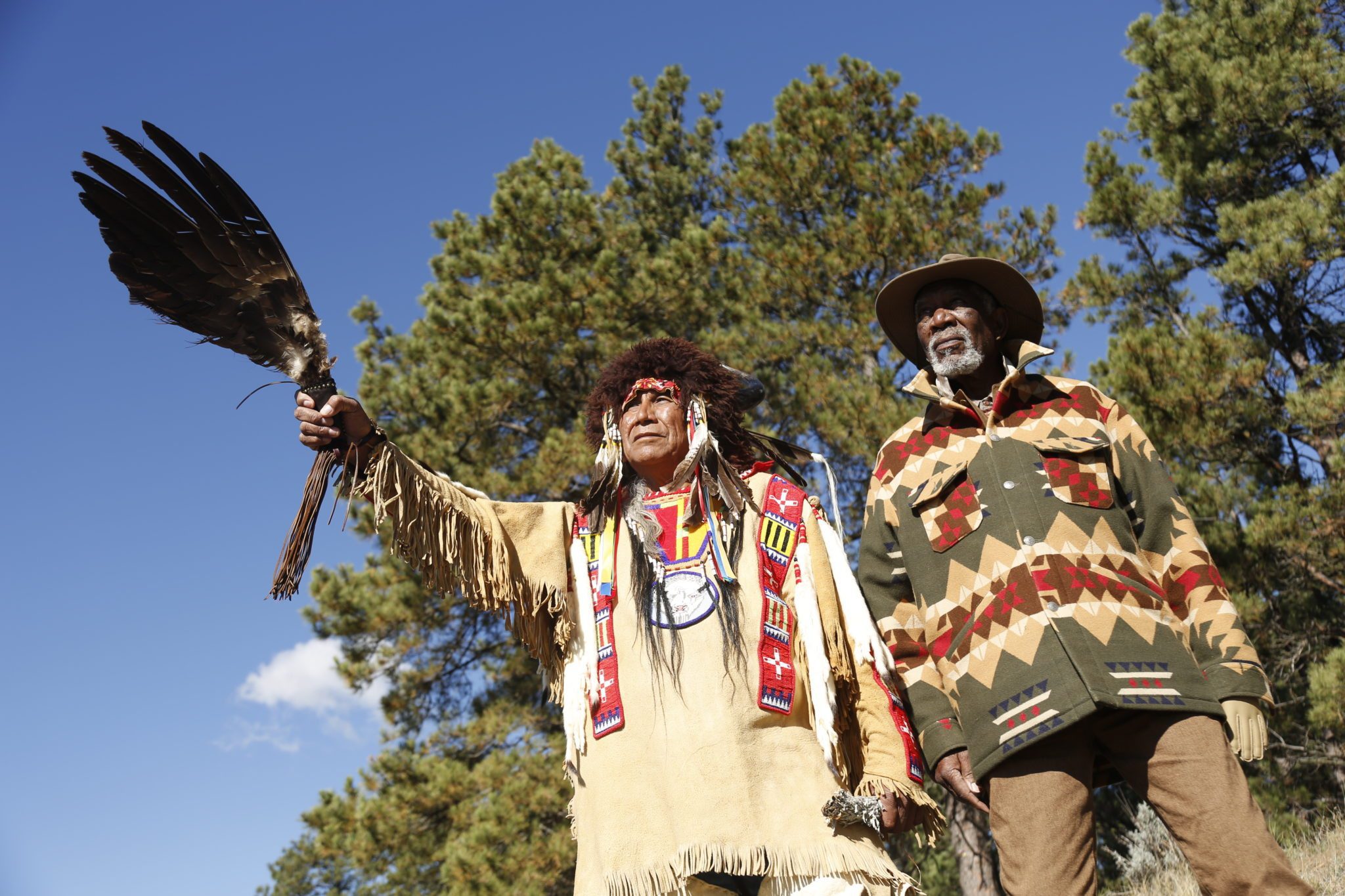
Alone on the Island of the Blue Dolphins
Every year many fourth grade students read Island of the Blue Dolphins in school. ?The book is a fictional account based in a historic tale of a Native American woman who spent eighteen years alone on San Nicolas Island (part of California?s Channel Islands). Alone on the Island of the Blue Dolphins is a documentary…


